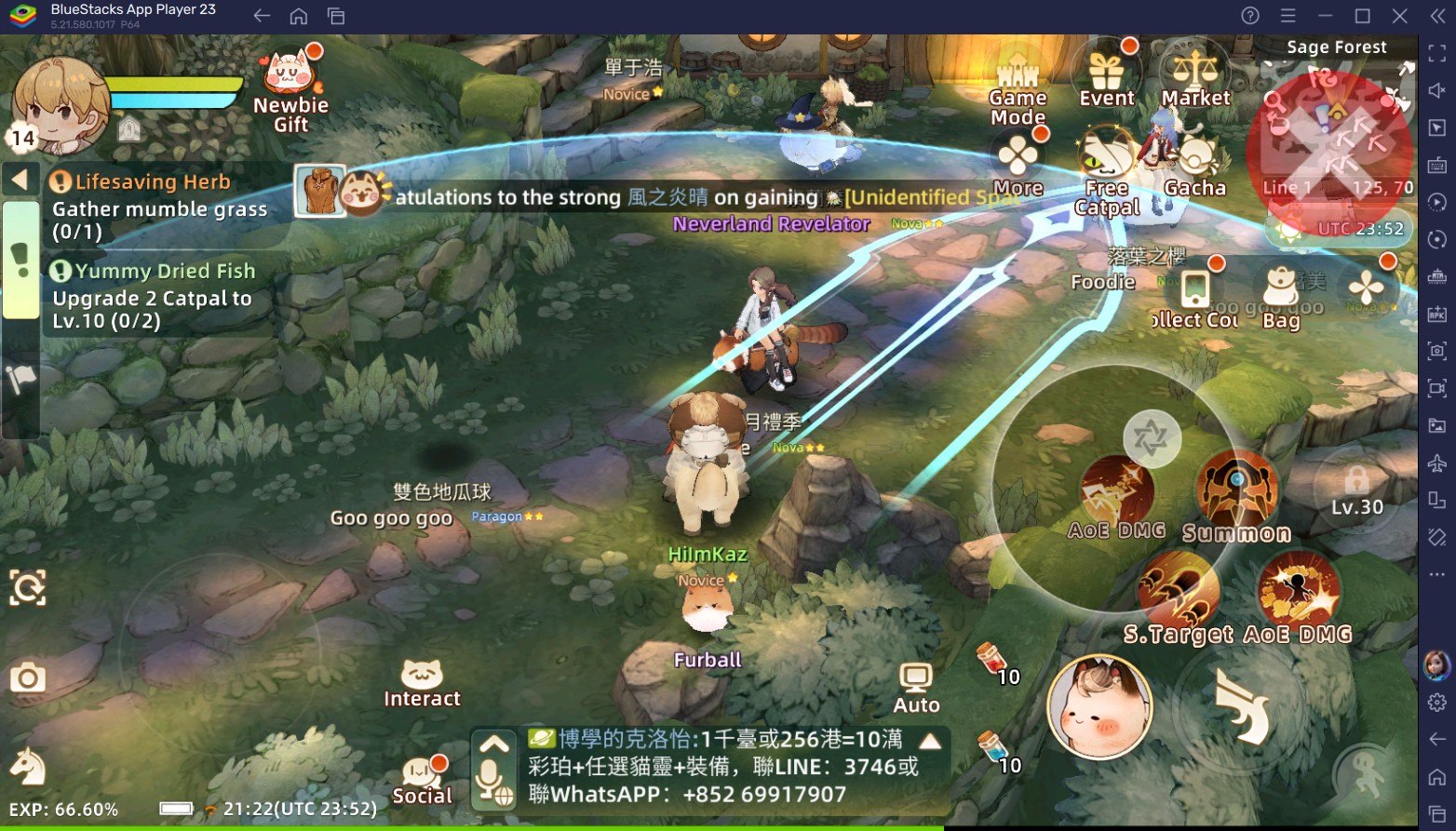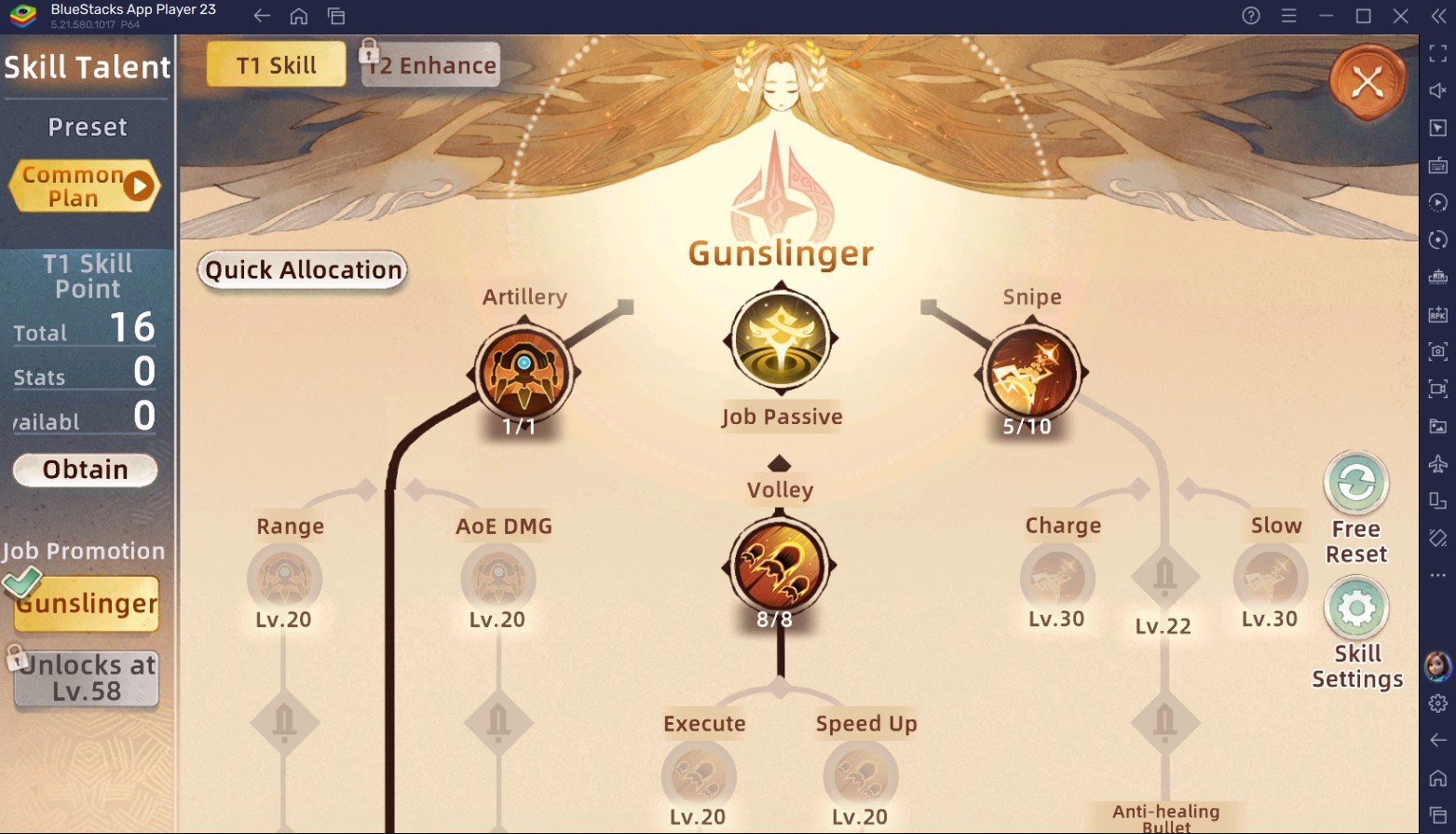Tree of Savior: Neverland Combat Guide – Skills and Controls Explained

Tree of Savior: Neverland is a landscape-oriented MMORPG that boasts thematic questing system, multiple mounts to travel and see the lush landscapes, and cute furry creature called “Catpals” that assist you in battles. Mastering the combat mechanics is key to thriving in both PvE and PvP scenarios. This game offers a blend of fast-paced action and strategic depth, where understanding the combat mechanics can significantly boost your performance. In this guide, we have comprehensively explained everything you need to know about combat interactions.
Learn the Basic Controls
At its core, Tree of Savior: Neverland follows a standard action based combat system wherein players can choose to either manually control their character or simply let the AI (Artificial Intelligence) take control. Sadly, players have little to no control over the way they can set up their controls as the majority of the buttons are locked. Still, they are in a comfortable position and do not block any other UI elements, making it quite easy even for a beginner to navigate through them.
On the bottom right-hand side of the battle screen, you should see multiple skills in a crescent shape. Below your skills, you should also see the ability to call out your currently equipped Catpal. Do not underestimate these furry creatures since they can deal quite the heavy blows to enemies. The stronger the Catpal, the more utility they will provide in combat. Just beside the Catpal button is the basic attack button. Players can cast their character’s basic attack with this button. You can choose to either hold it or tap it repeatedly to cast it.

Lastly, on the extreme right-hand side is the Jump button. Using this button, your character will jump a short distance for a few seconds before coming down. Sadly, you cannot move while in mid-air and will fall to the starting location. You can use Jump to climb obstacles while questing or on your adventures. On the left-hand side of the screen is the movement wheel from where you can control the movement of your character.
Use your Abilities to Perfection
In Tree of Savior: Neverland, your abilities play a crucial role in combat situations. Depending on how you have customized your skill layout and skill allocation, the potential is endless. We have listed some of the basic mechanics associated with skill management and usage below:
Basic attack and Skills: Combat involves a combination of auto-attacks and active skills. Auto-attacks are standard strikes that help you deal consistent damage. Skills, on the other hand, offer powerful, often area-of-effect, abilities but usually have cooldowns. Mastering the timing and rotation of these is key.
Skill Targeting: Some skills require precise targeting, especially in PvP. Practice aiming to ensure you’re hitting the right targets, as some abilities have a “lock-on” feature that can be tricky to handle under pressure.
Cooldown Management: Skills have cooldowns, which vary depending on their power and effect. Knowing when to use skills and managing their cooldowns efficiently can make or break your combat performance.
Importance of Classes and Jobs
In Tree of Savior: Neverland, each class has specific roles like tanking, dealing damage, or providing support. Tanks absorb damage and hold enemy attention, DPS classes focus on dealing high amounts of damage, and support roles heal or buff allies. Each class comes with its own set of abilities.

You should aim to create a skill build that maximizes your role in a group. For example, Tanks might prioritize defensive skills and taunts, while DPS characters may focus on high-damage output skills. Jobs are secondary promotions that offer new abilities. Consider how the job abilities synergize with your primary skills to build a well-rounded character that can adapt to various combat situations.
PvE Combat Tips
Here are some helpful tips to help you counter the aggression faced by PvE monsters and bosses:
Aggro Management: In PvE, controlling aggro is vital. Tanks should use taunt skills to ensure enemies focus on them, while DPS characters should be cautious not to overuse high-damage skills early in a fight, as this can shift aggro onto them.
Positioning and Movement: For ranged classes, maintaining distance from enemies can prevent unnecessary damage. Melee classes should be aware of enemy attack patterns and try to dodge when possible.
Use of Crowd Control (CC): Certain skills have crowd control effects, such as stun or slow. These are invaluable in PvE, especially when dealing with larger groups of enemies or elite monsters, as they reduce incoming damage and give you more control over the battlefield.
PvE Combat Tips
Here are some helpful tips to help you in tough PvP situations against other players or guilds:
Know Your Opponent: Familiarize yourself with the strengths and weaknesses of other classes. This can help you anticipate their moves and counter their attacks effectively.
Burst Damage and Timing: In PvP, timing your burst damage is crucial. Wait for the right moment when the opponent is vulnerable or has just used a defensive skill to unleash your most powerful abilities.
Avoid Crowd Control: Many PvP encounters involve crowd control skills. Equipping skills or items that offer CC resistance can make you more resilient in PvP. Also, watch for animations that indicate an incoming CC skill so you can dodge or counter it.
Players can enjoy Tree of Savior: Neverland even more on a bigger screen of their PC or Laptop, complete with a keyboard and mouse via BlueStacks!
















